16.11.2017 News
Agriculture and forestry Plants Forestry
Urban climate speeds up tree growth
According to a new study by Munich researchers, warmer temperatures in cities speed up the growth of urban trees and let them age faster.
16.11.2017 News
Agriculture and forestry Plants Forestry
According to a new study by Munich researchers, warmer temperatures in cities speed up the growth of urban trees and let them age faster.
15.11.2017 News
unspecific Microorganisms Biotechnology/Systems biology
The 15 German teams at the finals of the iGEM competition for synthetic biology did very well: no overall win, but they received eight gold, three silver, and three bronze medals.
16.11.2017 News
Chemistry Microorganisms Biotechnology/Systems biology
Researchers from Berlin managed to reprogram the intestinal bacteria E. coli in such a way that they generate the underwater adhesives as seen in mussels.
20.11.2017 News
unspecific unspecific Energy technologies
The new Green Finance Cluster in Frankfurt is open for business. The goal: to pair up sustainable innovations and funding opportunities.

21.11.2017 Interview
Construction Plants Energy technologies
Heidi Schiller and her KAITO Projekt GmbH  already introduced electricity from renewable resources to the Senegal. Now they are working to establish local reed as renewable building material.

28.11.2017 Product
Construction Plants
Plastic is produced from meadow grass in a resource-conserving manner using a recirculation process. Sustainable and environmentally friendly.
22.11.2017 News
Construction Plants Biodiversity
According to a new report by researchers from Leipzig University, the economic and ecological value of any forest increases with its level of biodiversity.
23.11.2017 News
Chemistry Microorganisms Chemistry
Researchers from Jena report that the symbiosis of the thistle tortoise beetles with a specific bacterium allows them to digest plant cell walls.
23.11.2017 News
Food Plants Agriculture sciences
Researchers in Munich deciphered the complex genome sequence of goatgras. This ancestor of the common wheat could improve targeted breeding.
28.11.2017 News
Chemistry Microorganisms Biodiversity
Pseudomonas bacteria can immobilise microalgae within moments. Researchers from Jena identified orfamid A as the chemical culprit.
29.11.2017 Success story
Pharmaceutical industry unspecific Biotechnology/Systems biology
Membrane adsorbers can assist in the gentle and loss-free purification of proteins. Now, biotechnologists have optimised the technology in order to obtain cytokines for use in biomedicine.

29.11.2017 Product
Chemistry Plants
The demands on modern running shoes are high. They should be light and stable, tear-resistant and stretchy, even when wet.
01.12.2017 News
Agriculture and forestry Animals Agriculture sciences
Researchers in Jena found out why the corn rootworm is such a devastating pest: it exploits the plants defenses and then uses it against potential enemies.
30.11.2017 News
Chemistry Animals Biodiversity
According to researchers in Kiel, the increasing acidification of the oceans cause growing problems for mussels when developing their shells.
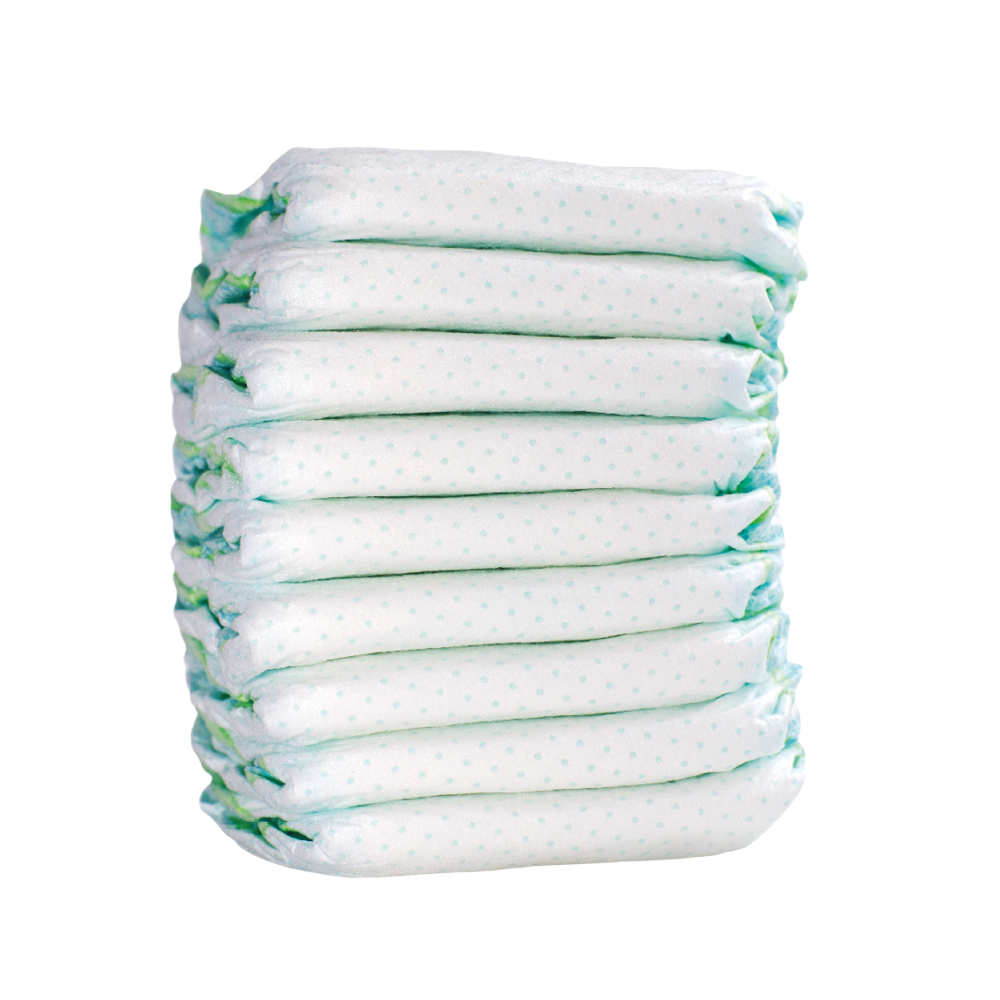
01.11.2017 Product
Consumables Microorganisms
A baby or toddler "produces" up to ten full diapers a day. Not only parents can imagine the huge mountains of rubbish.
04.12.2017 News
Chemistry unspecific Energy technologies
According to a recent study, there are 224 biorefineries online in Europe. The platforms differ by region, depending on the available resources.
07.12.2017 News
unspecific unspecific unspecific
17 green start-ups were competing for potential investors in Berlin. Biobased plastic produced in Sweden and a map for air quality developed in Munich convinced the panel.
12.12.2017 News
Chemistry unspecific Biotechnology/Systems biology
A new technique enables Hendrik Dietz at TU Munich to build DNA origami structures the size of viruses, while also reducing the cost of production substantially.
18.12.2017 News
Food Microorganisms Agriculture sciences
Biochemists in Munich managed to improve the photosynthesis process by generating the Rubisco enzyme in a bacterial host. This could also boost future crop yields.
15.12.2017 Success story
Chemistry Microorganisms Biotechnology/Systems biology
Microbes require optimised conditions in order to grow efficiently. To this end, Hamburg-based bioprocess engineers are developing smart computer models.
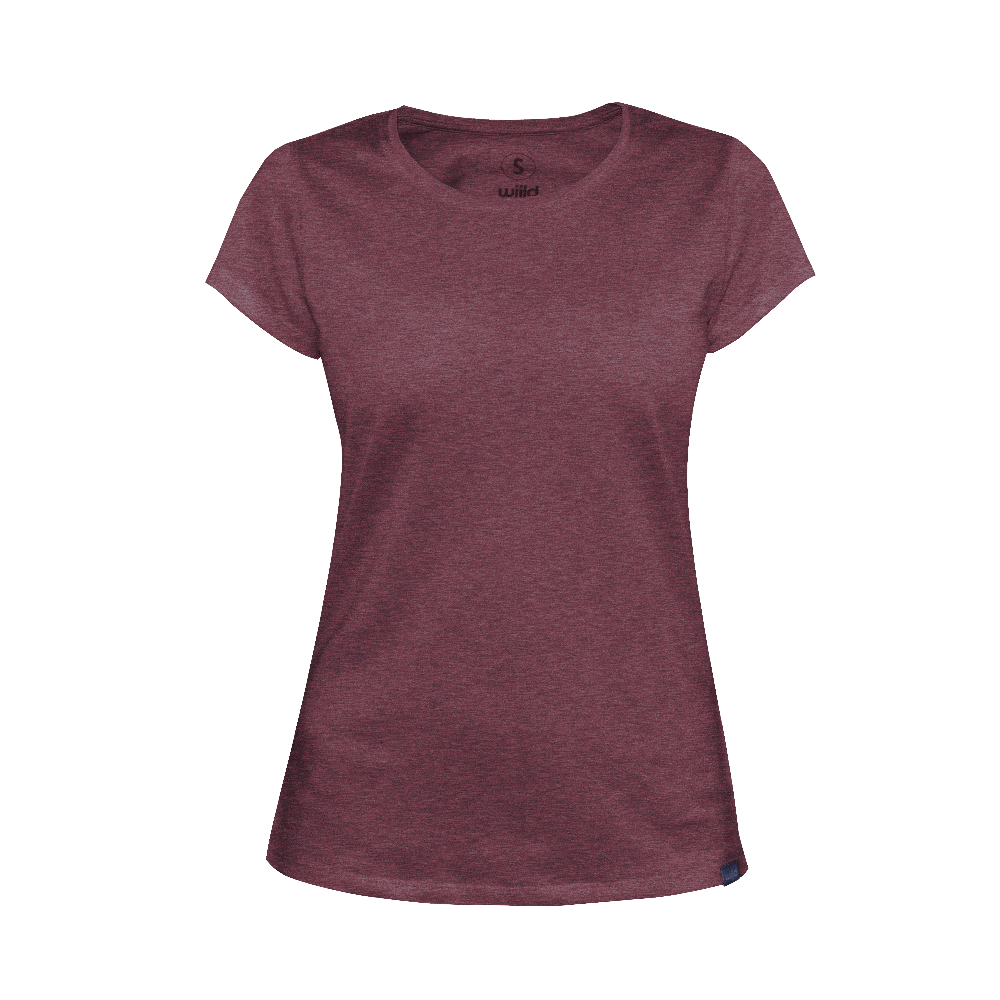
15.12.2017 Product
Textiles Plants
Wood has many different properties. There are obviously no limits to new ideas for products and areas of application. This is demonstrated by a young company from Wuppertal.
18.01.2018 News
Chemistry unspecific Agriculture sciences
Researchers at Hohenheim University found a possible new remedy against the Varroa mite: the chemical lithium chloride. It seems highly effective and is would be easy to dispense.
17.01.2018 News
Chemistry Plants Chemistry
Fraunhofer researchers are developing bio-based and biodegradable alternatives to microplastics. They use cellulose particles derived from wood or crops.
19.01.2018 News
Chemistry unspecific Chemistry
Clariant and Global Bioenergies have developed a new polymer from renewable resources for cosmetic creams and lotions.
23.01.2018 News
Food Plants Agriculture sciences
The offspring of two maize inbred lines provides higher yield than the parent plants. According to researchers at Bonn University this effect is caused by increased gene activity.
24.01.2018 News
Chemistry unspecific Biotechnology/Systems biology
Evonik and Siemens are developing a new technology that uses bacteria and electricity from renewable resources to convert carbon dioxide (CO2) into specialty chemicals.
01.02.2018 Country
unspecific unspecific unspecific
In the current 12th Five-Year Plan, the bioindustry is one of the emerging industries in the spotlight. The Plan for the Development of Bioindustry is about sustainable growth, as it also contributes to smart urban development. Tradtionally, biotechnology has been strongly promoted in China.

13.02.2018 Interview
Chemistry Microorganisms Chemistry
At TU Braunschweig, chemist Uwe Schröder is investigating how bacteria can generate electricity from waste water.
09.02.2018 News
Pharmaceutical industry unspecific Biotechnology/Systems biology
In Thuringia, textile researchers are working on bio-based sutures for surgical operations. The new fibres dissolve in the body and are thus safer for the patients.
12.02.2018 News
Chemistry unspecific Chemistry
According to a meta-study by Berlin-based researchers, accumulations of microplastics in the soil are a much greater burden on the environment than in the seas.
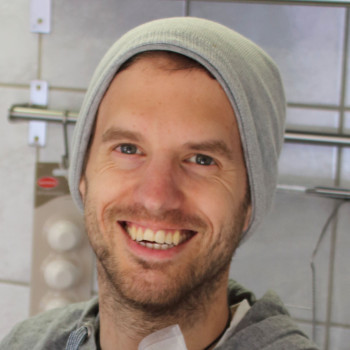
20.02.2018 Interview
Food Animals Nutritional sciences
Making insects popular as a new source for protein - that is the goal of "snack insects" founder Folke Dammann. Since 2013, the company based near Hamburg is focused on snacks and cooking ingredients based on insects.
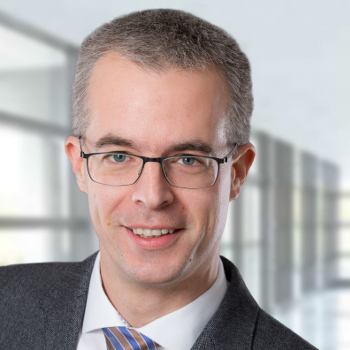
27.02.2018 Interview
unspecific unspecific Bioökonomie mitgestalten
Water researcher Christian Schaum is looking for solutions to reduce the microplastics pollution of inland waters.
20.02.2018 News
unspecific Microorganisms Biotechnology/Systems biology
Mother nature knows best: Biologists discovered that the diversity of bacteria that are able to eat and digest plastic is greater than expected.
27.02.2018 News
Agriculture and forestry unspecific Agriculture sciences
How can soil research support a sustainable bioeconomy? The network BonaRes provided the answer to this and other questions during their recent international conference in Berlin.
07.03.2018 News
Food Microorganisms Agriculture sciences
From manure to lettuce: the German fertilizer manufacturer K+S is giving the circular economy a whirl and has set up an aquaponics container in Kassel for research purposes.
08.03.2018 News
Pharmaceutical industry Microorganisms Biotechnology/Systems biology
The medical technology manufacturer Polytech is now working together with AMSilk on breast implants with biotechnologically produced spider silk. The first clinical study has just begun.
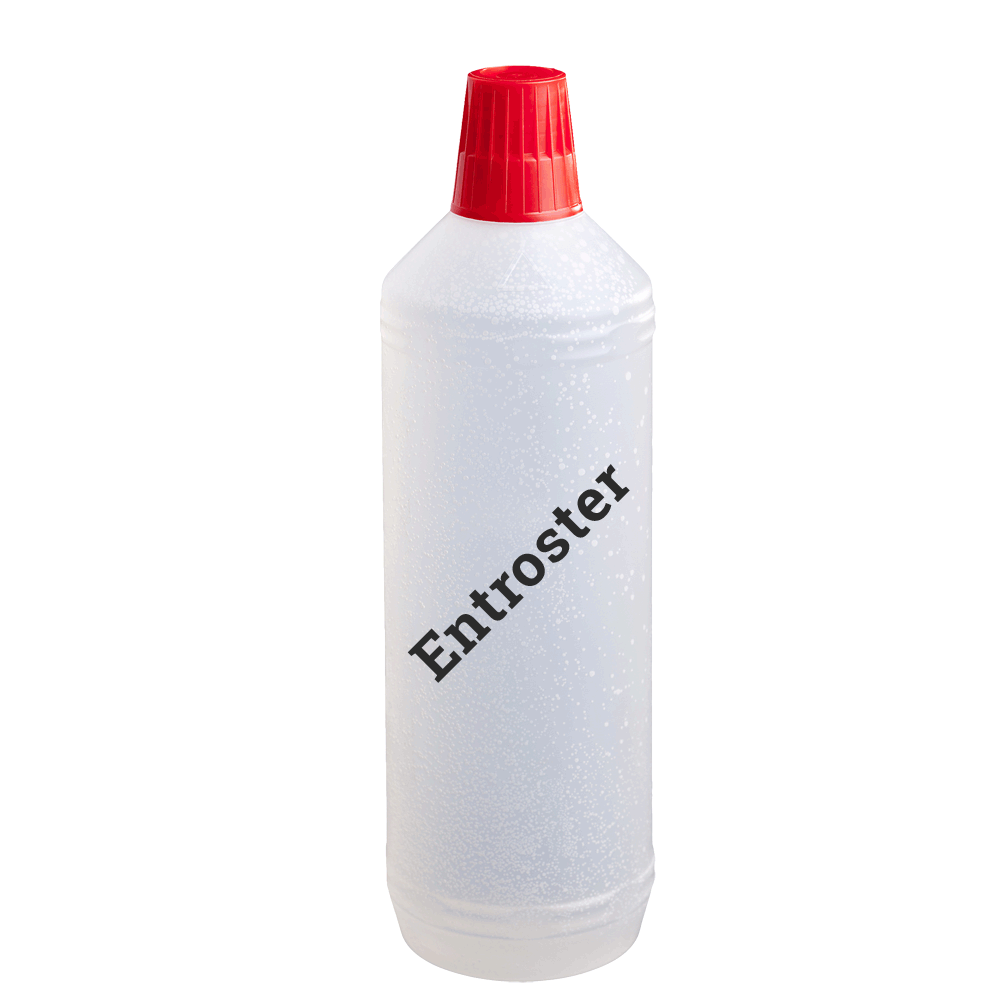
15.03.2018 Product
Automobile Microorganisms
Objects made of ferrous metals will develop rust over time, especially if they are not in constant use. Once rust has formed, there is no protection against further decomposition.
20.03.2018 News
Pharmaceutical industry Plants Biotechnology/Systems biology
More effective vaccines against pneumonia could soon be available: A synthetic sugar protects against forms of pneumonia and meningitis that are unaffected by conventional vaccines.
01.03.2018 Country
unspecific unspecific unspecific
Iceland plays a leading role in a bioeconomy alliance with Greenland and the Faroe Islands. Marine resources dominate the bio-based economy in Europe’s second largest island state. Iceland has teamed up with Greenland and the Faroe Islands to jointly develop a bioeconomy strategy.
28.03.2018 News
Agriculture and forestry Plants Agriculture sciences
German researchers are developing a warning system for ecosystem changes. Infrared sensors show how imported plants change the landscape of dunes in Portugal.
04.04.2018 News
unspecific Microorganisms unspecific
The Leibniz Institute DSMZ is the first collection of microorganisms in Europe that meets the requirements of the Nagoya Protocol. It eases the bureaucratic effort for researchers.
19.12.2017 News
Chemistry Microorganisms Agriculture sciences
Molecular plant physiologists in Golm managed to engineer the chloroplast DNA of the tobacco plant. Via horizontal gene transfer they were able to produce the carotenoid astaxanthin.
27.12.2017 News
Chemistry unspecific Biotechnology/Systems biology
Researchers at the Mannheim University of Applied Sciences and BRAIN AG develop new three-dimensional skin models. These allow for more realistic screenings for health care and cosmetics.
22.12.2017 Success story
Food Plants Agriculture sciences
Rapeseed is an important oilseed, however, it is genetically impoverished. Thus, 14 project partners from industry and science have developed rapeseed lines with additional features.
21.12.2017 News
unspecific unspecific unspecific
Students from all over the globe are invited to present new ideas for a biobased economy as part of an art competition. The winners will be exhibited at the global summit in Berlin.
02.01.2018 News
Agriculture and forestry Plants Agriculture sciences
Plants have several strategies to receive sufficient light. Now, Biologists from Tübingen University demonstrate that plants can choose between alternative responses to competition.
04.01.2018 News
Construction Plants Biotechnology/Systems biology
Fraunhofer researcher from Potsdam and Stuttgart develop new paints and varnishes based on potato starch. A special chemical process is optimising the starch for this application.
05.01.2018 News
Agriculture and forestry Plants Agriculture sciences
According to Bonner botanists many more plants than previously thought use calcium phosphate, a component of teeth and bones, to strengthen their defensive hairs and thorns.
09.01.2018 News
Consumables unspecific Chemistry
Yoghurt cups and water bottles made from polylactic acid are en vogue. Material scientists in Hannover have developed a computer mouse housing material based on sugar cane.
11.01.2018 News
Agriculture and forestry Plants Biodiversity
Researchers at the Senckenberg research institute decoded the genome of the European Beech. The new genetic information will allow for targeted breeding of stress tolerant trees.
11.01.2018 News
Food Animals Nutritional sciences
Since January 2018, insect-derived food can be commercialised according to the rules of the new Novel Food Legislation.
16.02.2018 Studies and statistics
unspecific Plants Agriculture sciences
The ‘Research Institute of Organic Agriculture FiBL‘ and ‘IFOAM - Organics International‘ presented the latest edition of the study ‘The World of Organic Agriculture‘ at BIOFACH, the world's leading trade fair for organic food.
24.08.2017 News
unspecific unspecific Environmental technology
Circular economy in Germany is not living up to its potential according to an analysis published by the Wuppertal Institute.
25.08.2017 News
Food unspecific Materials sciences
Among the winners of the German Packaging Awards 2017 are three manufacturers that have developed the best packaging in the category of "sustainability".
25.08.2017 News
Agriculture and forestry Plants Agriculture sciences
Japanese company Denka pays €75 million to acquire German plant biotech Icon Genetics. The Halle-based company produces therapeutic proteins in plants.
30.08.2017 News
Agriculture and forestry Plants Agriculture sciences
Scientists from China and Germany trace the origin of the huge sweet potato genome back to a crossbreeding between two ancestors 50,000 years ago.
31.08.2017 News
Agriculture and forestry Plants Forestry
The new EFI office in Bonn has become operational. Above all experts will focus on the resiliency of European forests and an international knowledge exchange.

04.09.2017 Product
Automobile Plants
In October 1997 Mercedes Benz introduced the A-Class to the market. With this first generation of the A-Class, Mercedes pioneered minivans. Further generations and adaptations followed, since 2013, biobased plastics have also been used.
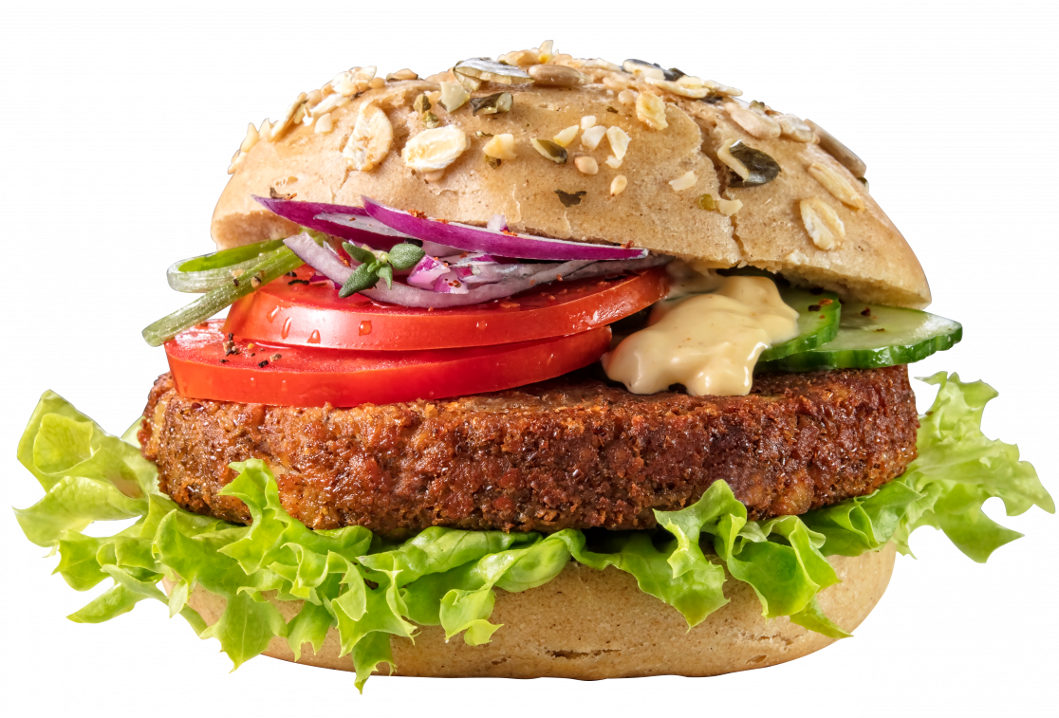
06.10.2017 Product
Food Animals
It is well known that insects are rich in protein and vitamins. Compared to conventional livestock farming, rearing insects is much more environmentally friendly and they also have a lot to offer in terms of taste.
07.09.2017 News
Construction Fungi Biotechnology/Systems biology
KIT researchers are testing fungi roots as an alternative and sustainable building material. They are presenting a “MycoTree“ made of fungi and bamboo at the Biennale in Seoul.